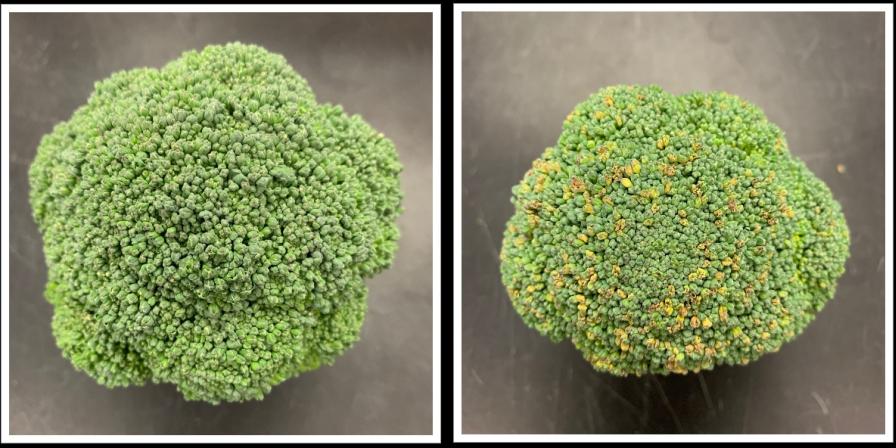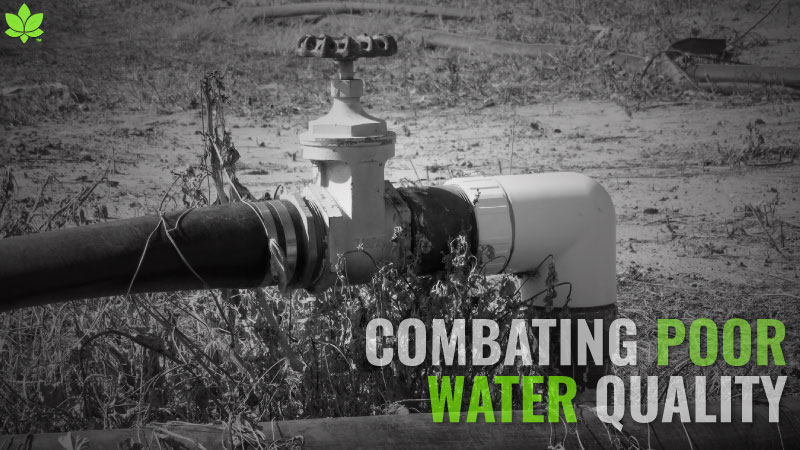Scientists Unlocking Fresh Secrets To Longer Shelf Life for Produce

One day, broccoli can look fresh. The next day, it can take a turn for the worst. Newly published research indicates scientists are closer to solving this postharvest problem, ensuring longer shelf life.
Photos by Tie Liu
Recently published research indicates scientists are closer than ever to ensuring fruits and vegetables arrive as fresh as possible at the grocery store. In this case, University of Florida researchers used broccoli as the test subject. What was found could help reduce postharvest problems for other produce.
In the study led by UF/IFAS scientists Tie Liu and Jeff Brecht, they compared the genes that are expressed during aging of broccoli heads on the plant to the genes that are expressed in harvested broccoli.
The researchers used RNA-sequencing technology to identify genes associated with broccoli tissue aging. RNA-sequencing technology lets researchers read these messengers and understand what the plant is doing, according to Liu.
Using the genes they identified, they found harvesting turns on some genes that are stress-related, including some that are related to ethylene – the plant ripening hormone. They identified other genes in the postharvest processes related to the loss of water and nutrients from the plant.
“With these results, we feel we’ve identified targets for reducing the negative effects of harvesting on broccoli,” Liu says. “The results should apply immediately to numerous broccoli relatives like Brussels sprouts, cabbage, cauliflower, collards, kale, and bok choy. It’s likely they will also apply to many other fruits and vegetables as well, hopefully resulting in produce that remains fresher and more appealing, as well as healthier, once it gets to consumers’ homes.”
To read the study, visit ScienceDirect.com.










